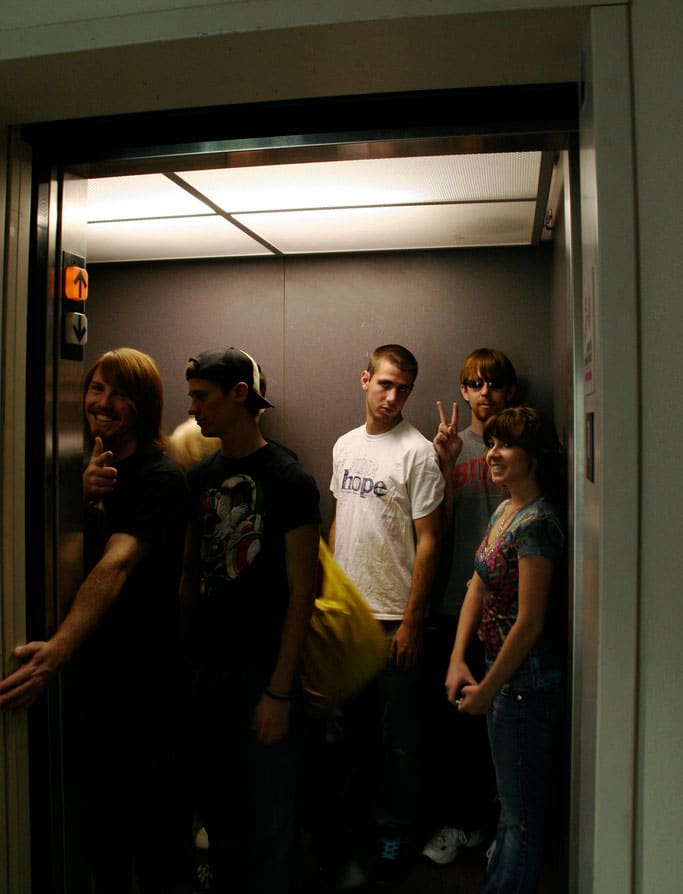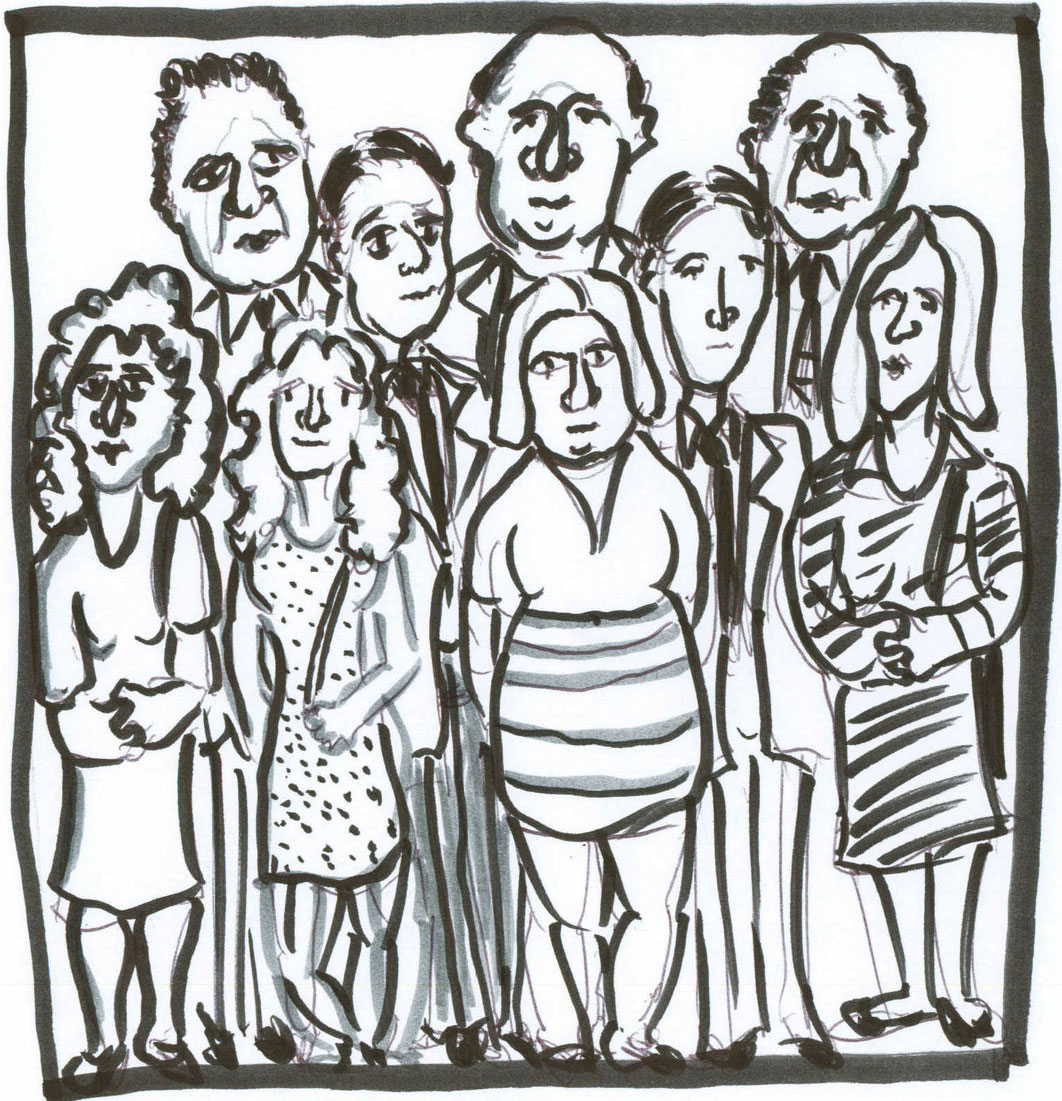Elevators are curious things. I know people who are deathly afraid of getting in them. After seeing all the movies where the elevator falls uncontrollably and everybody screams, I can understand why they are scary to some people. Other people love them. I remember about a year ago when I wrote about a Glass-Floored Bathroom built over a 15-story elevator shaft. I’m still not sure I would use that bathroom. Today I’d like to talk about the psychology behind where you stand when you get in an elevator.
You may not have ever even thought about it before, but there is a social hierarchy regarding who stands where in an elevator. Rebekah Rousi, who is working on her Ph.D., researched elevator behavior. Her findings are fascinating, and they suggest that the psychology behind where we stand in an elevator is anything but random.
In a nutshell, older men seem to stand at the back of the elevator, younger men typically stand in the middle, and women (regardless of age) usually stand in front of everyone, right behind the elevator door. The second thing she noticed is that men will look around at everyone in the elevator, while women usually avoid eye contact. The question is, what does all this mean?
You can read Rebekah’s research paper on this topic here on Ethnography Matters. She tells NPR that she doesn’t know why these patterns exist, they just do. It could be a power thing, since the senior men at the back have a view of everyone. It could be more simple that that. Maybe it just comes down to shyness. The psychology behind it all is still a mystery. So the next time you get in an elevator, instead of being annoyed by the kid who pushes all the buttons or the person talking loudly on a phone, check out where everyone is standing. Do you follow this pattern?
Psychology Behind Where You Stand In An Elevator
Via: [Popsci] [NPR] Image Credits: [NPR] [AshleyKiiiiin / Flickr]



COMMENTS